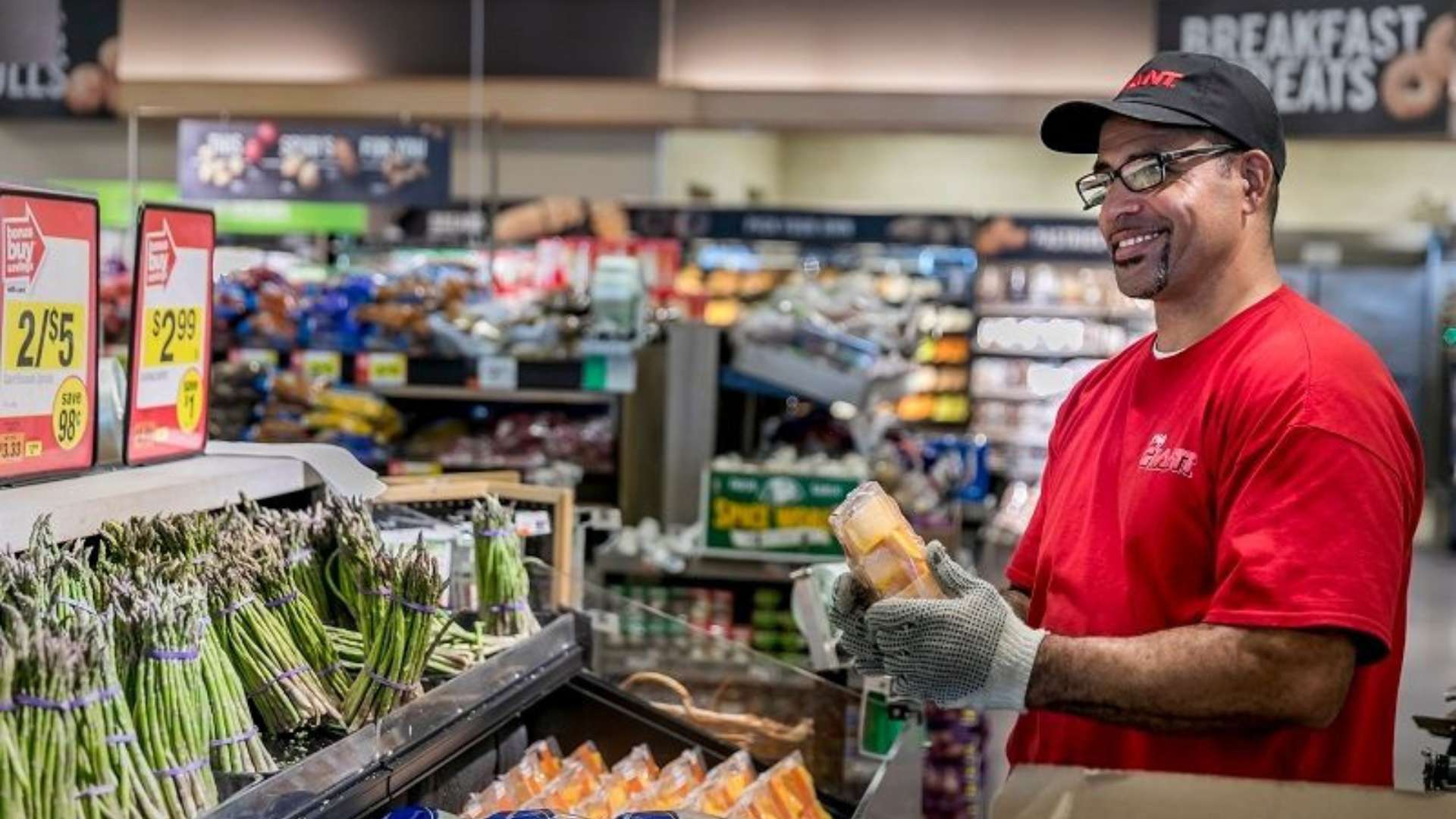Workplace safety is of paramount importance in the fast-paced world of the retail and supermarket industry.
In the fast-paced retail and supermarket industry, workplace safety should be a top priority. With employees and customers constantly navigating bustling aisles, it is essential to implement effective strategies for injury prevention. In this article, we will explore the specific challenges faced in the retail and supermarket sector and discuss practical approaches to promote workplace safety and prevent accidents.
Challenges in the Retail and Supermarket Industry
The retail and supermarket industry presents unique challenges when it comes to workplace injury prevention. Slip, trip, and fall incidents, musculoskeletal injuries, and crowd management issues require targeted strategies to mitigate risks.
Slip, trip, and fall incidents pose a significant threat in retail and supermarket settings. These accidents can occur due to wet floors, cluttered aisles, or uneven surfaces. By conducting regular floor maintenance, implementing clear signage, and raising employee awareness, organizations can effectively prevent such accidents.
Musculoskeletal injuries, resulting from repetitive motions, heavy lifting, and awkward postures, are common in the retail and supermarket industry. Promoting ergonomic practices is vital to address these injuries. Providing comprehensive training programs on proper lifting techniques, ergonomic workspace design, and equipment usage can significantly reduce the risk of musculoskeletal issues.
Crowd management is another critical consideration in the retail and supermarket sector, particularly during peak hours. Employing effective crowd management strategies, such as designated entry and exit points, clear signage, and efficient queue management, ensures the safety of employees and customers alike.
Effective Strategies for Workplace Injury Prevention
To prioritize workplace injury prevention, the retail and supermarket industry must embrace a range of effective strategies tailored to its specific needs. Let’s explore these strategies in more detail:
- Establish Safety Protocols and Conduct Regular Risk AssessmentsDeveloping and implementing comprehensive safety protocols is paramount. By conducting regular risk assessments, organizations can identify potential hazards and take proactive measures to prevent accidents. These protocols should address specific risks and ensure the well-being of employees and customers.
- Provide Comprehensive Training ProgramsDeliver extensive training programs that encompass various aspects of workplace safety. Cover topics such as proper equipment operation, emergency response procedures, and effective communication during critical situations. Well-trained employees are better equipped to prioritize safety and handle potential hazards.
- Promote Ergonomic PracticesPrioritize ergonomic practices to prevent musculoskeletal injuries. Train employees on proper lifting techniques, ergonomics, and workspace design. Investing in ergonomic equipment and regularly assessing workstations can significantly reduce the risk of work-related injuries.
- Utilize TechnologyLeverage technology to enhance workplace safety in retail and supermarket environments. Implement safety monitoring systems that detect potential hazards in real-time. Video surveillance can provide valuable insights for identifying and addressing safety issues. Automated safety checklists streamline procedures and reduce human error. Consider incorporating wearable devices for real-time tracking and compliance monitoring.
- Implement Crowd Management StrategiesDevelop effective crowd management strategies to maintain a safe environment during busy periods. Designate entry and exit points, deploy clear signage, and optimize queue management. Adequate staffing levels and well-trained employees contribute to a smooth and secure shopping experience.
- Collaborate with Suppliers and VendorsCollaboration with suppliers and vendors is crucial for maintaining safety standards. Establish safety guidelines for deliveries, ensuring goods are handled safely upon arrival. Regular communication and training with external parties working on-site promote a consistent approach to safety.
- Conduct Regular Floor Maintenance and Use Clear SignageRegular floor maintenance, including prompt spill cleanup and repairing damaged flooring, is essential to prevent slips, trips, and falls. Clear signage indicating potential hazards reinforces employee and customer awareness of safety precautions.
- Encourage Open Communication and Employee ParticipationCreate an environment that encourages open communication and active employee participation in safety initiatives. Employees should feel empowered to report potential hazards promptly. Safety committees or regular safety meetings provide platforms for sharing insights and fostering a culture of safety.
- Foster a Culture of SafetyDevelop a strong safety culture through regular safety drills, awareness campaigns, and recognition programs. By prioritizing safety in all aspects of operations, organizations can instill a proactive mindset among employees and make safety a shared responsibility.
- Continuously Evaluate and Improve Safety ProtocolsRegularly evaluate safety protocols based on employee feedback, incident analysis, and safety audits. Embrace a continuous improvement mindset, implementing necessary adjustments to enhance workplace injury prevention strategies.
Conclusion
In the retail and supermarket industry, workplace injury prevention is a critical aspect of maintaining a safe and productive environment. By implementing these effective strategies and adopting a proactive approach, organizations can prioritize the well-being of employees and customers while safeguarding their own operations. Embracing workplace safety not only mitigates risks but also fosters a positive organizational culture, resulting in enhanced productivity and long-term success.
About Soter Analytics
Soter Analytics is a global safety science company producing AI-supported wearable solutions that reduce the risk of ergonomic injuries in the workplace. Soter wearables are widely used in logistics, manufacturing, healthcare and other industries, helping leading companies to prevent up to 55% of back & shoulder musculoskeletal injuries.
To see how Soter Analytics can help you improve safety behaviour, engage employees to self-manage their training and prevent workplace ergonomic injuries, simply Book a FREE Demo today.

